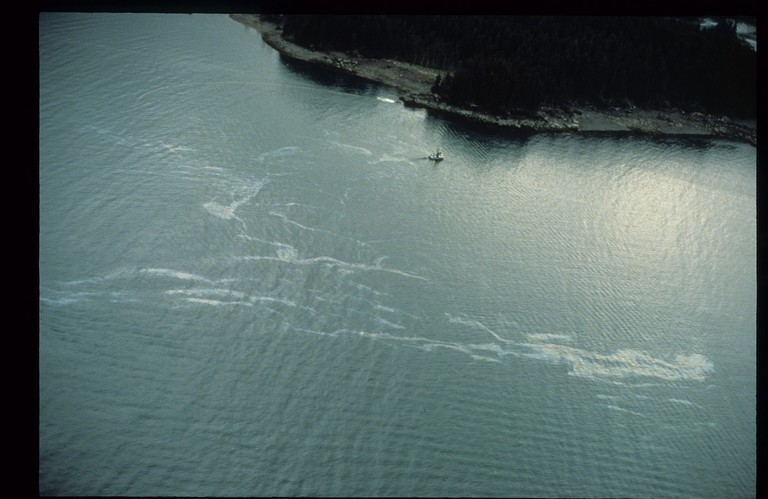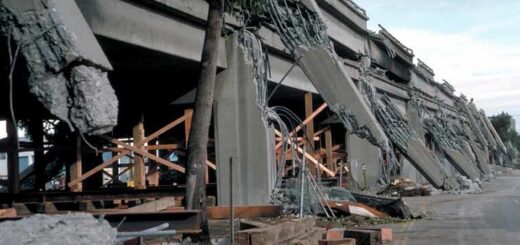Alaska oil spill, tanker Exxon Valdez – March, 1989

The Alaska oil spill of 1989, commonly known as the tanker Exxon Valdez oil spill, was a major environmental disaster that occurred in Prince William Sound, Alaska, USA. On March 24, 1989, the Exxon Valdez, an oil tanker owned by Exxon Shipping Company, struck a reef and spilled approximately 11 million gallons (41,640 cubic meters) of crude oil into the pristine waters of the sound.
The spill had devastating consequences for the local ecosystem and wildlife. The oil spread across hundreds of miles of coastline, affecting marine life, seabirds, and other animals. The spill had severe economic impacts on the fishing industry, as the region was known for its rich fisheries.

Efforts to contain and clean up the oil were extensive, involving thousands of workers, volunteers, and specialized equipment. However, the harsh environmental conditions and remote location posed significant challenges to the cleanup operations. The incident led to the implementation of new regulations and increased awareness about the environmental risks associated with oil transportation.
The Exxon Valdez oil spill remains one of the largest and most infamous oil spills in history. It prompted changes in oil spill response and prevention measures, as well as increased scrutiny of the oil industry’s environmental practices. The legal aftermath of the spill resulted in significant financial penalties for Exxon and contributed to a broader public discourse on corporate responsibility and environmental stewardship.








